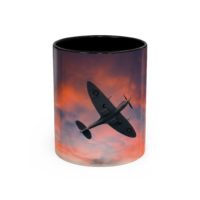Astrophotography is photographing astronomical objects, celestial events, and areas of the night sky. This includes atmospheric phenomena, too, such as auroras, meteors and satellites. Also being able to record the details of extended objects such as the Moon, Sun, and planets, astrophotography has the ability to image objects invisible to the human eye such as dim stars, nebulae, and galaxies.
What do I need for astrophotography?
Besides your camera which needs to be able to take a shot over a period of time, you would also need a tripod and a remote timer. Some of the newer cameras have the timer built-in, so check your manual. You need clear skies and the darkest skies possible, sometimes this means you have to travel to places where the skies are darkest especially if you live in the SE of England. Some of the best dark skies can be found in the SW of England and in Wales & Scotland.
Ideal settings
There are no ideal settings as it all depends on how dark it is and what time of the night you are shooting. But here are some guidelines, if you want the stars stationary in your shot, for example, you are taking a landscape shot of the Milkyway. You do not want the stars to move, you are therefore limited to around 20sec exposure.
- Set your camera on a tripod
- Turn it to manual mode
- Wide angle Lens 10 – 30mm
- Shutter speed set to 20 seconds (longer and the star will look like streaks)
- Your F stop will depend on your lens and how dark the skies are, f22 small hole( less light in), f5.6 wide hole (more light in).
- ISO 3200 + (ISO 400 if not dark) dependent on the time of the night when shooting
Star trails
- Use the same settings as above, but you need to take a series of shots which are then combined to make one shot.
- Take series of shots 2 sec apart, more than 100
- Locate north star, only stationary point. Your star trails will circle this point.
- Take a black shot for Noise Reduction, do this with the lens cover on
500 Rule
The 500 rule for a full frame camera requires you to set your camera to ISO 3200 or 6400, Aperture to f/2.8 (or as wide as possible) and your shutter speed to 500 divided by the focal length of your camera. For example, if you are shooting with a 50mm lens, your shutter speed would be 10 seconds (500 / 50 = 10).


